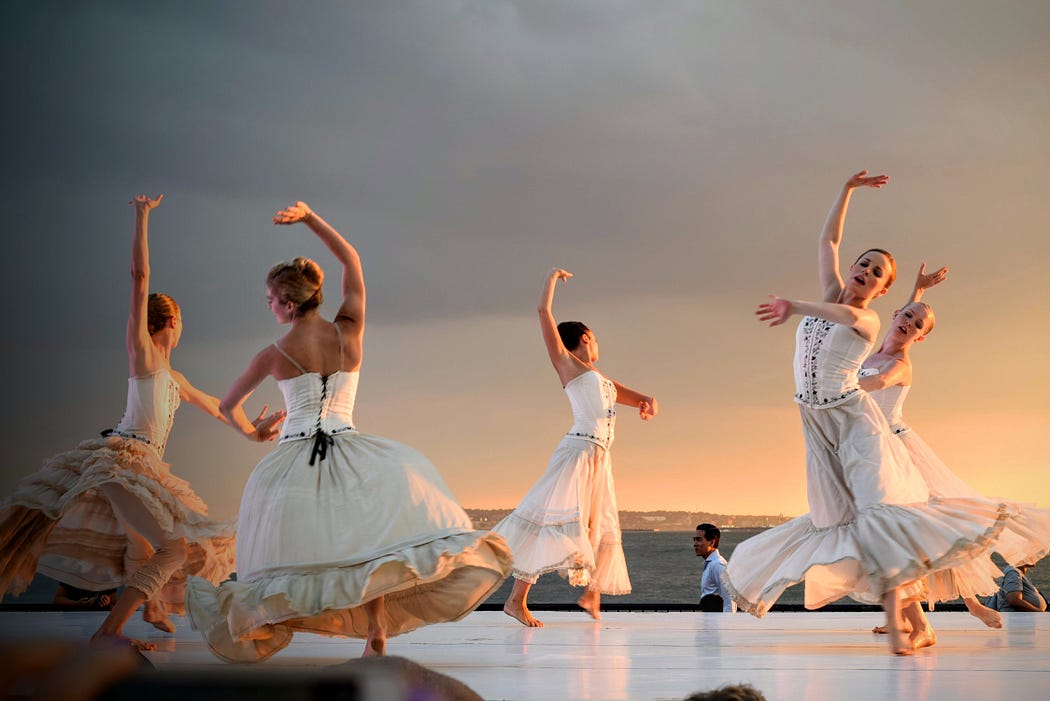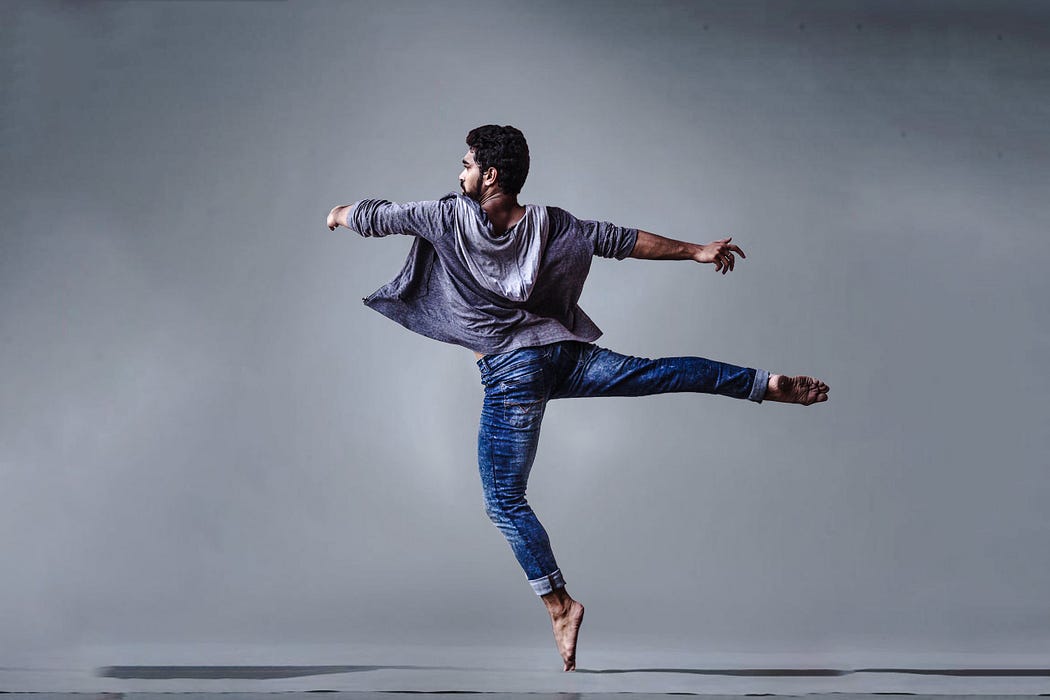“Harmony in Motion: Exploring the Psychological Impact of Dance”

Dance, often considered a universal language, extends beyond mere physical expression; it delves into the realms of psychology, weaving a tapestry of emotions, cognition, and well-being. This article aims to unravel the intricate relationship between dance and psychology, shedding light on the profound impact that movement can have on the human mind.
The Emotional Symphony:
At its core, dance is an emotional symphony, allowing individuals to communicate feelings that words often fail to convey. Whether it’s the exuberance of a lively salsa or the graceful fluidity of contemporary dance, movement becomes a vehicle for emotional release. Psychologically, this serves as a form of catharsis, enabling individuals to process and express emotions in a non-verbal and liberating manner.

The Cognitive Connection:
Beyond emotions, dance engages cognitive processes that contribute to enhanced brain function. Learning and mastering choreography stimulate memory, attention, and executive functions. The coordination required in dance routines fosters neuroplasticity, promoting a healthy brain capable of adapting to new challenges. This cognitive engagement is particularly beneficial for individuals of all ages, from children developing cognitive skills to seniors maintaining mental acuity.

Social Bonds and Mental Well-being:
Dance is inherently social, fostering connections that extend beyond the dance floor. Group dances, partnerships, and community events create a sense of belonging and camaraderie, crucial elements for psychological well-being. The shared experience of moving in harmony with others cultivates a positive social environment, reducing feelings of loneliness and promoting mental resilience.

Dance as a Therapeutic Tool:
In recent years, the therapeutic potential of dance has gained recognition in the field of psychology. Dance therapy, also known as dance movement therapy (DMT), involves the use of movement to support intellectual, emotional, and motor functions of the body. It has shown promise in treating conditions such as depression, anxiety, and trauma, offering a holistic approach that integrates the physical and psychological aspects of well-being.

Mind-Body Integration:
One of the unique aspects of dance is its ability to bridge the gap between mind and body. The synchronicity of movement and music creates a profound mind-body connection, promoting mindfulness and self-awareness. This integration is not only therapeutic but also contributes to a sense of balance and harmony within oneself.
Conclusion:
“Harmony in Motion” is not merely a poetic phrase; it encapsulates the essence of the profound psychological impact of dance. From emotional expression and cognitive engagement to social bonding and therapeutic applications, dance transcends the physical, resonating deeply within the human psyche. As we continue to explore the intersection of movement and psychology, the dance floor becomes a canvas for self-discovery, healing, and the celebration of the intricate dance that unfolds within the human mind.






0 Comments